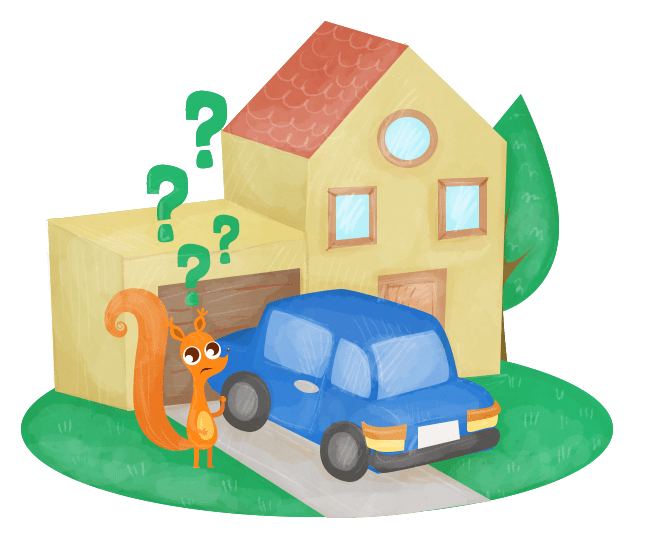
Life is unpredictable, and sometimes periods of unexpected expenses, illness, job loss, pandemics, and other apocalyptic scenarios can leave you with bad credit. This is a reality for many Canadians, and it can take a while to get back on track with your personal finances and to build up your credit.
This may mean delaying your dreams of home ownership, but the good news is that even with a low credit score or poor credit history you can still qualify for a mortgage. It’ll probably cost you a bit more and involve more planning, but it’s totally doable!
Let’s be clear: we are not advising you to run out and buy real estate right now but we aren’t saying don’t either. No one knows what’s going to happen to the market in the next few months, let alone the next few years… There are two competing opinions.
With a lot of people out of work and struggling to afford housing, demand goes down. Canadian real estate demand is also typically supported by a ton of immigration which has dropped to zero for the foreseeable future. The stock markets often hold the money used for major asset purchases. When it goes down, there’s less to spend (however with a good plan, money for major purchases in the next couple years should have been sitting in cash, not stocks).
With tens of trillions of dollars flooding world markets right now, we might see inflation like never before. This causes cash to decrease in purchasing power and creates an incentive to buy assets like real estate, things like copper used in infrastructure spending, stocks and even cars and appliances. Inflation is historically dangerous for people on fixed pensions, fixed rate lenders and people who hold long term GICs where the interest rates don’t keep up. Supply may also be limited for the next couple years. In Toronto, for example, we’re used to seeing 30,000 new homes built per year. Most of this construction has been postponed in a delay that could affect the next couple years.
Generally, the decision to buy real estate should take two things into consideration. Do you believe that the value of the real estate increase over time (and potential rent you collect or savings on rent you would have paid if you live in it and would have had to pay to live elsewhere) will exceed the cost of owning it (including mortgage interest, taxes, renos, maintenance, etc.)? If not, do you believe the increase in your quality of life (keeping in mind moving and renos can be really stressful) is worth more than the shortfall in the previous equation?
If all things considered, you’re in the mind set that a purchase is a good idea but your borrowing eligibility has taken a hit, here are some ways to keep moving forward with your plan!
If you’re going to get a mortgage with an alternative or private lender, it’s important to have an exit strategy. The terms for these types of mortgages are typically only one or two years, and after your term ends you’ll want to move your mortgage over to an A lender where you can get a lower rate.
You’ll need to put a plan in place to establish your credit and you may want someone to coach you through this. Everyone’s plan will be different because it will be unique to their situation and timeline, but here are some common tips to keep in mind:
Buying a home with poor credit is totally possible, it just takes extra planning. Before making any big decisions like home ownership, make sure you have a budget established and a financial plan in place so that your spending and savings are on track. When you’re ready to shop for a mortgage, we recommend working with a broker that can help you find the best rate and create a tailored plan for reestablishing your credit.
YOUR FREE FINANCIAL PLAN
Are you ready to invest in your future?
Build your free plan today.
Start now